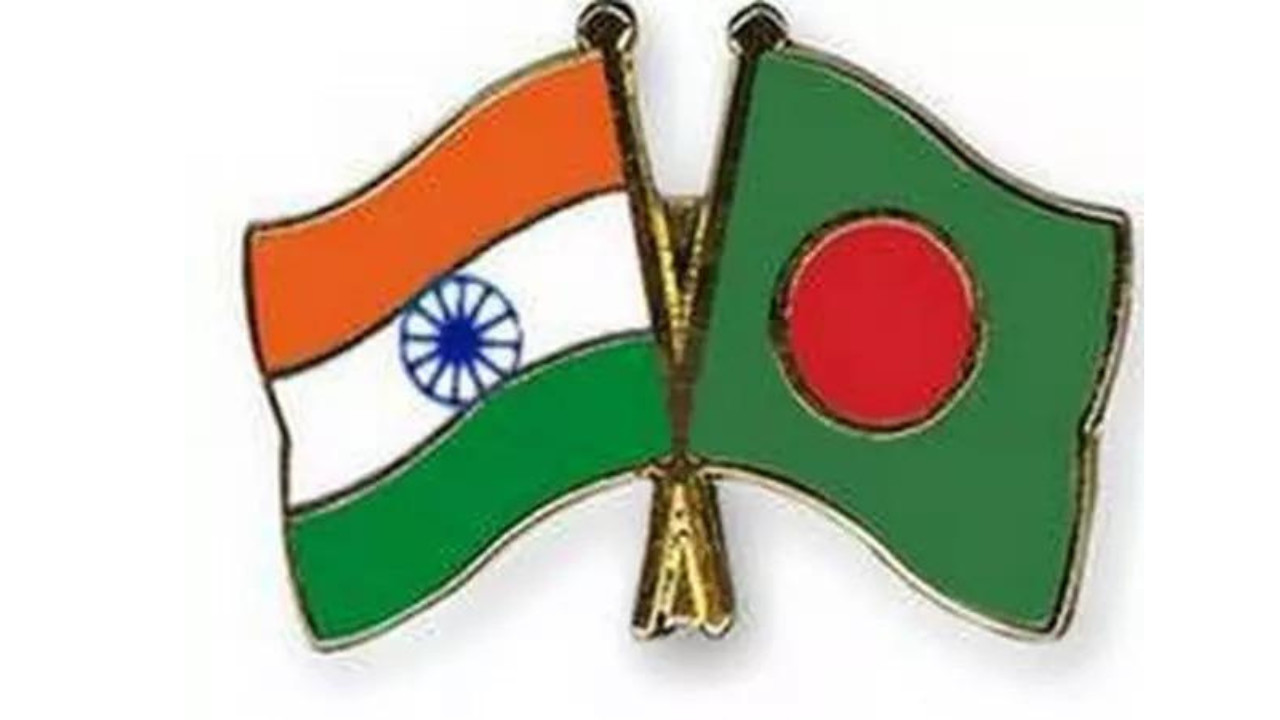India has restricted imports of specific jute and woven fabric products from Bangladesh to the Nhava Sheva seaport, escalating trade tensions. This decision, effective immediately, follows concerns over controversial remarks by Bangladesh’s interim leader and growing ties with China and Pakistan. The move marks the third trade curtailment in recent months, impacting a bilateral trade relationship valued at $12.
India Tightens the Jute Reins: What’s Happening with Imports from Bangladesh?
The usually steady flow of jute across the India-Bangladesh border has hit a snag. Recent policy changes by the Indian government are channeling specific types of jute imports exclusively through the Nhava Sheva port, a move that’s raising eyebrows and prompting discussions about potential implications for trade and regional relations.

For businesses involved in textiles and related industries, these aren’t just dry policy details – they’re potential game-changers. Let’s break down what’s happening and why it matters.
A Closer Look at the New Jute Import Rules
So, what exactly changed? The Indian government has stipulated that specific varieties of jute imports from Bangladesh can now only enter the country through the Nhava Sheva port, also known as Jawaharlal Nehru Port, near Mumbai. This is a significant departure from the previous system, where such goods could cross the border via land routes. The move affects imports categorized under specific HS (Harmonized System) codes related to raw jute and jute yarn.
This new rule doesn’t apply to all jute imports, and that’s an important distinction. The focus is on specific raw jute and jute yarn classifications. Other jute products might still be able to come through land routes. The official justification for this shift hasn’t been explicitly stated, leading to speculation within the trade community.
Why Nhava Sheva? Exploring the Potential Reasons
The decision to concentrate these imports at Nhava Sheva raises some interesting questions. One possibility revolves around enhanced monitoring and quality control. Nhava Sheva is one of India’s largest and most sophisticated ports, equipped with advanced inspection facilities. Concentrating specific jute imports there could allow for closer scrutiny, ensuring compliance with quality standards and preventing the entry of substandard goods.
Another potential driver is revenue protection. Centralizing imports through a major port like Nhava Sheva can streamline customs procedures and reduce the potential for under-invoicing or other illicit trade practices, safeguarding government revenue. Furthermore, Nhava Sheva might be strategically chosen to optimize logistical efficiency.
Ripple Effects: Potential Impacts on Trade and Industry
While the Indian government’s intentions might be to improve quality control or revenue collection, the new policy could have several knock-on effects. The most immediate impact is likely to be felt by businesses that have relied on land routes for importing jute. These companies might face increased transportation costs and longer lead times, as they’ll now need to factor in the journey to Nhava Sheva. This could particularly impact smaller businesses that lack the resources to navigate the complexities of port-based imports.
For Bangladesh, a major jute exporter, the changes could lead to a reassessment of trade routes and potentially affect their export competitiveness. It could prompt Bangladeshi exporters to seek alternative markets or negotiate new trade agreements.
Ultimately, this change in jute import policy underscores the dynamic nature of international trade. Policies can shift quickly, and businesses need to stay informed and adaptable to navigate these changes effectively. It also highlights the importance of strong diplomatic relations and open communication between India and Bangladesh to address any concerns arising from this new policy. For more insights into evolving trade dynamics in the region, explore our other articles on Indo-Bangladesh trade relations.
Navigating the New Landscape
The move to channel specific jute imports through Nhava Sheva is likely to have a cascading effect on trade dynamics between India and Bangladesh. While the precise rationale remains somewhat unclear, potential explanations center on enhancing quality control, safeguarding revenue, and streamlining logistics. Businesses on both sides of the border need to carefully assess the implications for their operations and adapt their strategies accordingly. The long-term impact will depend on how effectively stakeholders navigate these changes and work together to ensure a smooth and mutually beneficial trading relationship.






